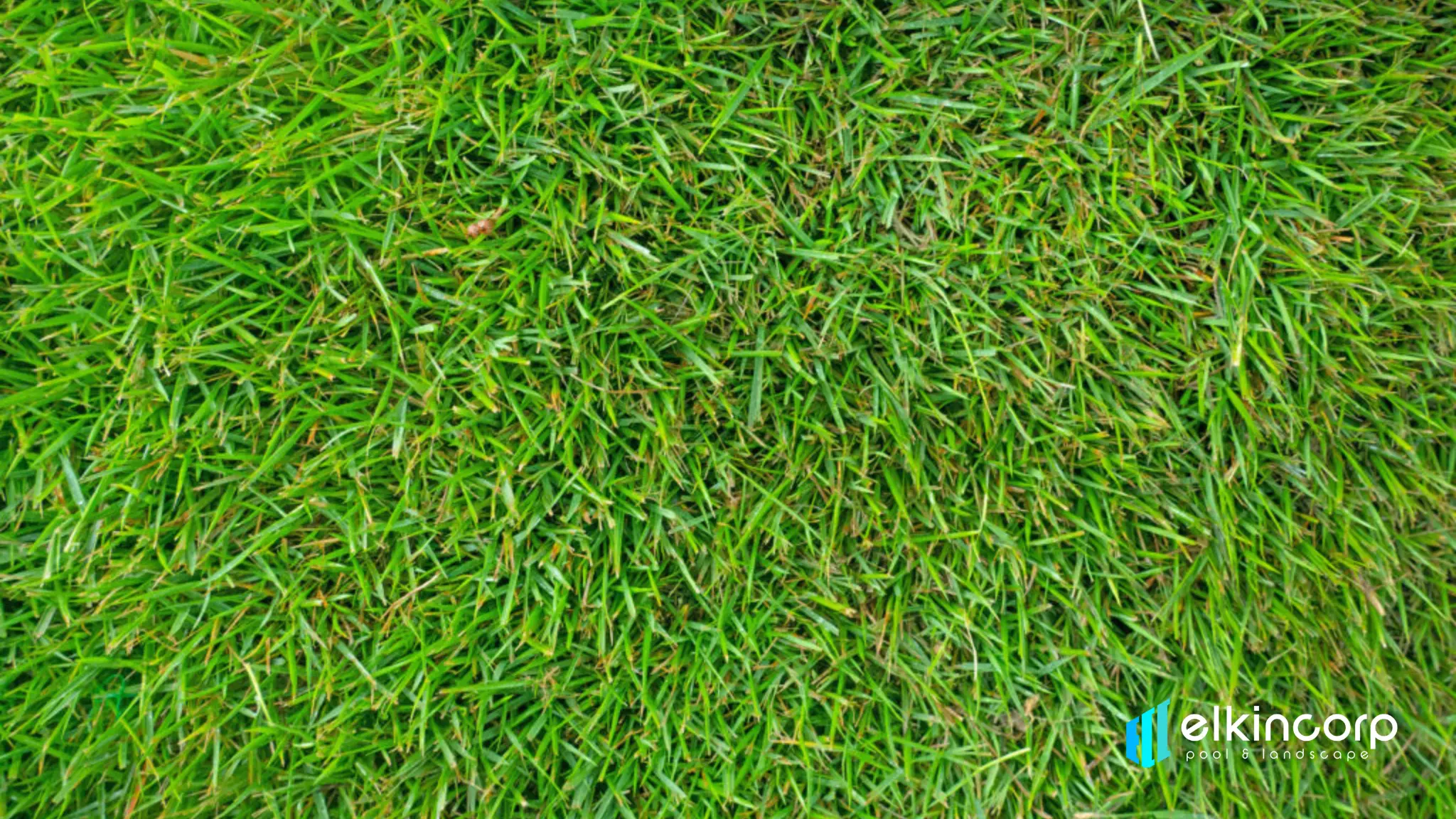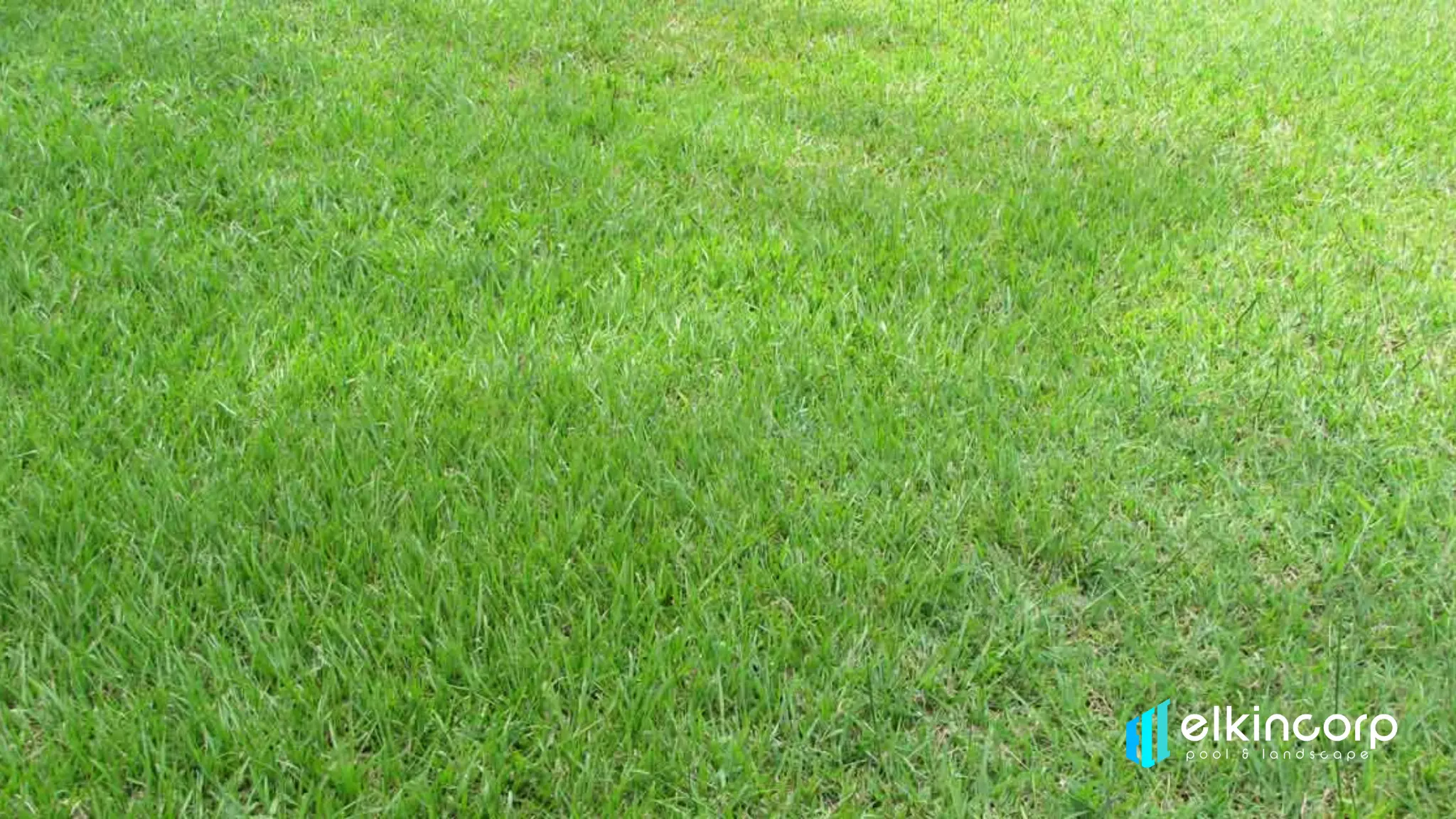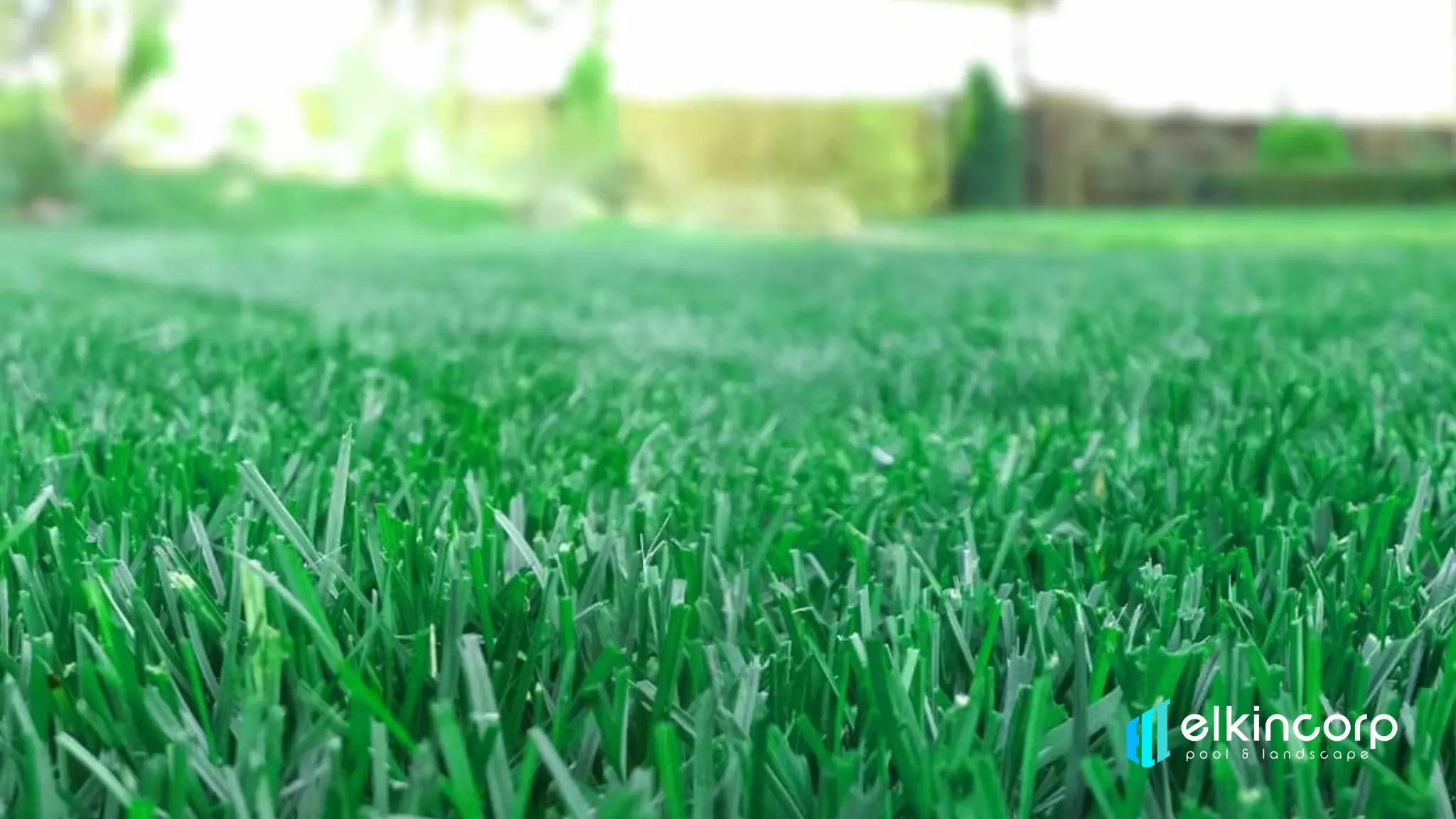
The Type of Grass for a Drought-Resistant Landscape
In this post, you will find detailed information about types of grass from Elkin Pool and Landscape Company in Dubai.
Summer is the time for enjoyable pool parties and tasty barbecues, not for worrying about dry, thirsty grass that needs constant watering. These special types of grass are good at surviving in places without much water, like deserts. Once you plant them and they start growing well, you won’t have to spend a lot of money on watering your lawn, and your plants will stay healthy and beautiful.
From lofty, swaying reeds to small, fine-leaved mounds, special grasses that don’t need much water can make your front yard look really impressive. They can be great for the main focus of your front yard, as accents along the walkway, or to outline your garden. These grasses save water for your lawn and invite helpful creatures like bees, birds, and butterflies to your yard, making it livelier and more colorful in the summer.
The weather keeps changing a lot, and one big issue for people who own houses is when there’s not enough rain, which we call a drought. We really like having nice green lawns, but it’s tough to keep them that way when there’s not enough rain. So, how do you make your lawn look nice and use less water when it hardly ever rains, or when it rains too much all at once, or not at all? And what do you do if your area has rules about how much water you can use? How can you make a garden that doesn’t need much water but still looks good? According to the experts of Elkin Pool and landscape company, the following drought-resistant grasses will solve all your problems:
Bermudagrass
Bermudagrass is a great choice for places that are really hot and don’t get much rain. Once it’s grown well, it can handle hot and dry weather, although it will need water to stay green in really dry places. This type of grass has a fine texture and looks best when it’s kept short, around 1-2 inches tall. It grows best when it gets lots of sunlight. It doesn’t need a lot of water, and it can grow its roots really deep, up to 6 feet deep, in certain conditions.
Bermudagrass can handle a lot of people walking or playing on it and can quickly get better if it gets damaged, so it’s commonly used on sports fields. However, you might need to cut it more often because it grows fast. Plus, it can handle salt quite well, which is good if you live near the ocean or in a place where water leaves salt behind when it dries up or if you use recycled water to water your lawn.

Zoysiagrass
Zoysia grass can handle drought but doesn’t grow as quickly as bermudagrass, so you might not have to mow it as often. It also doesn’t need as much fertilizer. Zoysiagrass can also survive in shadier areas better than bermudagrass. When there’s not much water, Zoysiagrass might turn brown and look like it’s sleeping earlier than bermudagrass, but it can bounce back because it has these special underground stems called rhizomes that help it grow.
Zoysiagrass comes in many different types and kinds. They all have thick lawns and can handle people walking on them, but they can be different in how they feel (some are really fine, and some are rough), how tall you should cut them, how often you should cut them, how well they can handle cold weather, and whether you can grow them from seeds or pieces of grass (called sod).

Bahiagrass
Bahiagrass isn’t the most attractive type of grass because it has a rough texture and tends to grow flowers quickly. However, it can survive and grow well in really bad soil, and it has deep roots that help it handle droughts. One thing to keep in mind is that it doesn’t create a smooth and thick green carpet like. But if you have really poor soil, bahiagrass is an excellent option for your green area.

Buffalograss
If you live in hot areas, then buffalograss is the most suitable type of grass for your lawn. It grows well in thicker soils and in places where there isn’t much rain during certain times of the year. Buffalograss can handle dry conditions because it needs very little water, has deep roots, and can go to sleep during dry spells and then wake up again. However, the downside is that it grows slower and stays shorter than most other grass types. It also takes a long nap from early fall to spring, especially in places with colder weather and shorter days. But once it’s fully grown, it makes for a lawn that’s easy to take care of.

Kentucky Bluegrass
Kentucky bluegrass can’t handle dry spells as well as fescues and might go to sleep when it’s really dry, but it can bounce back because it has these special underground stems that help it fix damaged parts of the lawn. Mixing it with tall or fine fescues creates a strong, tough lawn that can handle diseases and droughts better.

Fountain Grass
Fountain grass looks like a dancing fountain in your garden. It sways with the wind. This tall, straight grass is green and has beautiful spikes of copper, pink, purple, or cream flowers that look like bottlebrushes. These flowers come out in late summer. You can plant fountain grass around things like patios or paths to make them look nice and add some height to your lawn. But be aware that some people think it can look messy or weedy before it starts blooming in the spring.

To Sum Up
Hire a professional pool and landscape company for your work in Dubai. They will Pick the right grass that can handle droughts to have a lawn that doesn’t need much water. When you do this, you increase the chances of your lawn surviving the next dry period. We talked about different kinds of grass for lawns and gardens, like the ones that don’t need much water and the tough ones. We also mentioned grass called fountain grass, which can make gardens look more interesting. To have a nice and lasting lawn or garden, it’s important to pick the right type of grass that fits your area and what you want.
